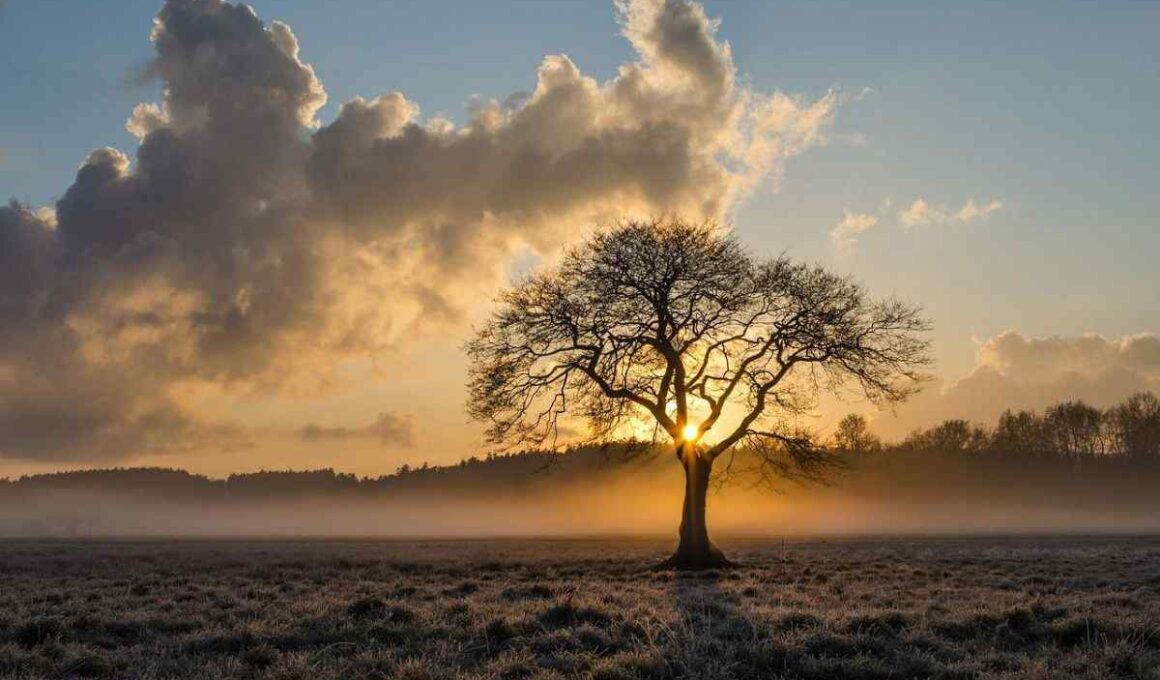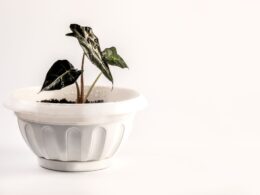The Four Stages of Tree Growth
How long does it take for a tree to grow? Before we can answer this question, we need to understand the lifecycle of a tree. That’s because a tree’s growth potential is determined by how long it lives. The life cycle of a tree can be broken down into four stages:
- seed germination;
- sapling stage;
- mature tree;
- late life.
The first stage, seed germination, can take anywhere from a few weeks to several months. Once the seed germinates, it enters the sapling stage and grows the majority of its height. Depending on the species, a tree can spend anywhere from a few years to several decades in this stage. Once a tree reaches maturity, it will keep growing steadily. And in its late life, it will stop growing altogether.
How Long Does It Take for a Tree to Grow on Average?
The average growth rate for a tree is between 13 and 24 inches per year. Trees that fall in that range are considered to be medium-growers. Fast-growing trees are those that grow more than 24 inches per year, while slow-growing species grow less than 13 inches annually. So, how long does it take for a tree to grow?
The mature height of a medium-sized tree is between 25 and 40 feet. This means that many trees will need about 20 years to reach maturity. However, this doesn’t take into account the fact that younger trees tend to grow slower. Some species will take 40-50 years to grow, especially in colder climates.
There are also exceptions to these averages. Some trees may experience a growth spurt and exceed the average for their species, while others may be stunted due to a less-than-ideal soil type.
What Factors Affect the Average Tree’s Growth Rate?
The exact amount of growth will depend on the species of tree, its health, and the growing conditions. To understand the growth rate of a certain tree, you need to take into account all these factors.
Species
Some trees simply grow faster than others. For example, a weeping willow tree can grow 4-8 feet per year and reach a height of 15-30 feet in three years. On the other hand, the ‘Don Egolf’ redbud takes 15 years to reach its full height of 10 feet tall.
Age
The first few years of a tree’s life are the slowest. Once a tree becomes established, it will start to grow more quickly. Young trees need to put all of their energy into developing a strong root system. Once the roots are established, the tree can start to focus on growing taller.
Health
The health of the tree is also a major factor in its growth. A tree that is stressed due to drought, pests, or disease will not grow as quickly as a healthy tree and won’t have such a long life. Additionally, a tree that is growing in poor soil will not reach its full potential.
Climate
The final factor to consider is the climate. Trees that are native to cold climates will not grow as quickly as those that are native to warm climates. This is because they need to put more energy into surviving the winter months.
So, how long does it take for a tree to grow? It depends on a number of factors, but you can easily find estimates for most species. For example, a healthy oak will take 30-40 years to grow from tree seeds until maturity.
How Long Does It Take for a Tree to Grow to Its Full Size?
A tree’s full size is determined by its species. Some trees, like Redwoods, may grow to be over 300 feet in height. Others, like the Elberta peach, will only grow up to 15 feet tall. Shorter trees will take less time to reach maturity, even with a slower growth rate.
How long it takes for a tree to grow to its full size also depends on the growing conditions. If the tree is in an urban environment, it will likely be smaller than its rural counterpart. This is because there’s less space for the tree roots to spread out.
Slowest-Growing Tree Species
Different tree species can take centuries to reach their full size. The white oak tree, for example, can have a rate of growth of less than 1-2 feet per year. This means that it could take over 160 years for the tree to reach its full height of 80 feet. Other trees that grow slowly include:
- ‘Don Egulf’ redbud – 8-12 inches per year;
- Serbian spruce – 12 inches per year;
- lily magnolia – 12 inches per year.
It’s hard to pinpoint slow-growing tree species because not every tree of the same species will have the same growth rate. The age and health of an individual tree could also be reasons for it growing more slowly.
Fastest-Growing Tree Species
There are a number of fast-growing tree species that can easily outpace the average growth rate. The quaking aspen, for example, has a growth rate of 3-5 feet per year. Other fast-growing trees include:
- weeping willow – 4-8 feet annually,
- American sycamore – up to 6 feet per year;
- tulip poplar – up to 6 feet annually.
So, how long does it take for a tree to grow if it’s fast-growing? The aforementioned quaking aspen has a maximum height of 40-50 feet, so it would only take 10 years for it to reach its full size. The weeping willow can take as little as 7 years.
Are You Interested in Planting Trees?
If you’re interested in planting a new tree, this guide will help you pick a type of tree growing quickly or slowly, depending on your needs. No matter how long it takes for a tree to grow, the process is always fascinating. Trees are an integral part of our ecosystems, and we can all do our part to help them thrive.



















